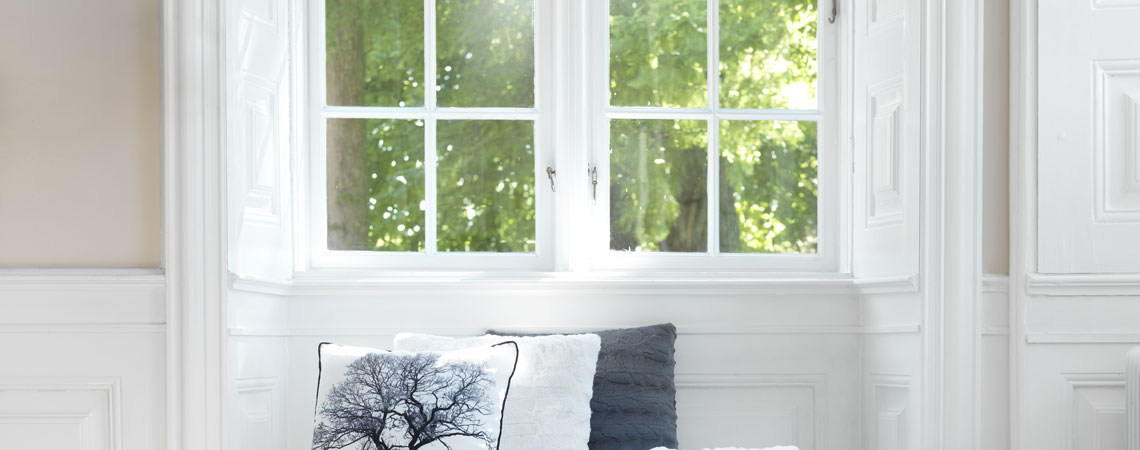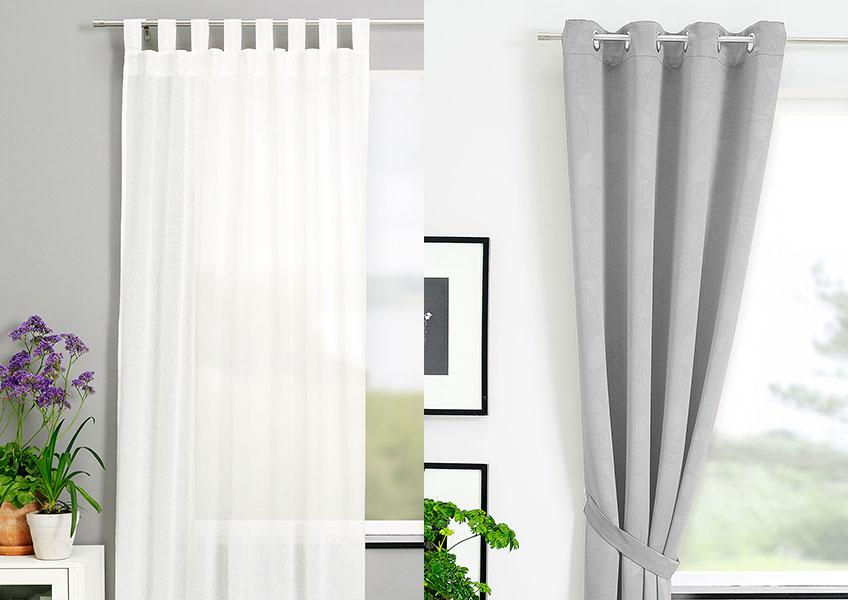Windows don't clean themselves. Clean, cold water, the right amount of detergent, technique and the proper choice of equipment can result in beautiful, freshly cleaned windows with no streaks. Read on and learn the best tips and tricks for achieving a great result without any streaks.
Choose the right equipment for cleaning windows
When washing windows it is vital to choose the proper equipment - take a look at the following:
- A bucket of cold water
- Detergent and possibly some vinegar
- A damp dishcloth and a sponge
- A decent high quality squeegee
- A tea towel or a dry, lint-free cloth
When washing windows it is a good idea to use more than simply tap water. That is because water contains a lot of calcium, which can cause streaks on your window panes. A good idea is to use a decilitre of household vinegar mixed with 5 litres of cold or hot water. This can help remove stubborn, greasy stains and the streaks caused by washing with chalky water.
Add household ammonia and washing up liquid for very dirty windows panes
If your window panes are very dirty, it is not a bad idea to add half a capful of household ammonia and a tablespoonful of washing up liquid to the above mixture. But, when using household ammonia for cleaning windows from inside, make sure you ventilate well afterwards.
How to clean windows without them streaking?
First you need to wipe the frame thoroughly before you start cleaning the window. Then wet your sponge cloth applicator or cloth, and scrub extra thoroughly in places where your window is particularly dirty, grimy and greasy.
Move the squeegee in one continuous motion
It is important to move the squeegee in one continuous motion. Make sure you overlap the areas you have already cleaned to avoid streaks and remember to constantly wipe off any surplus water with your squeegee and to change your water regularly.
Start in the top left corner and wipe using a inverted S-shape motion
Start with your squeegee in the top left-hand corner and continue from there. It is always best to start at the top of the window, so the water remains on the window pane, this applies whether you are washing large or small windows. If the glass is divided into smaller panes: for example, a mullion window, then wipe using an inverted S-shape motion.
Finish off using a dry cloth
To finish off, use a dry cloth or dry tea towel to wipe the top, edges and bottom of the window, thereby avoiding streaks on the window pane. If your window panes are extremely dirty, you may have to clean your windows twice.
How often should you clean your windows?
There is no one answer on how often you should clean your windows, and you might just think to clean them when they really need cleaning. If you live in a place where there is a lot of dirt in the air (for example, smoke from wood-burning stoves or if you're lucky enough to live near a beach with sand and salt from the seawater), you will need to clean your windows relatively often. As a general rule, you should try to clean your windows once a month, but of course it is completely up to you.
Take the weather into account when washing windows
You can actually clean your windows in any kind of weather, but it is easier to spot dirt on your windows when the sun is shining. However, direct sunlight may also dry your windows more quickly, and that can cause streaks on the window panes. If you are washing windows in frosty weather, the water will freeze quickly, and that can also cause streaks on the window panes. In that case it would be a good idea to use a little hot water to prevent the water freezing on the window panes. You also need to work quickly with your squeegee.







